Story Movie
In an attempt to return home, a boy and a little bird embark on a journey to a strange island.
Review 4K Movie
“Gints Zilbalodis is a genius! A new name in world animation!” I exclaimed after watching his film “The Stream” (2024), recognized as the best animated film of last year. For me, this Latvian author was a real discovery, and I decided to get acquainted with his previous works. After watching several of Zilbalodis' short cartoons, I came to his feature debut.
Away (2019) is an exceptional animated work created using the modern computer editor Autodesk Maya. Gints Zilbalodis has created a cartoon that not only captivates with its visual beauty, but also touches on the deepest philosophical questions about life, death, and the search for meaning.
The plot is a philosophical parable about eternal themes: the meaning of life, growing up, and the fear of death. The main character, an unnamed boy, embarks on a journey through a mysterious and sometimes dangerous world in the company of a little yellow bird. Along the way, he encounters various symbols and obstacles that represent different stages of human life. He is followed by a sinister black giant who devours the lives of all creatures in his path.
One of the unique features of the cartoon is the complete absence of voiceovers and traditional dialogue. Thanks to this, visual and auditory elements become the main means of storytelling. Director Zilbalodis uses this approach to help viewers feel the emotions and philosophical ideas embedded in the story more deeply. Everything the viewer learns about the characters and their inner worlds is conveyed through gestures, glances, behavior, and interactions with the surrounding world.
The power of this approach lies in the fact that the viewer is completely immersed in the atmosphere of the animated film, without being distracted by explanatory commentary or dialogue. Information is perceived directly through visual symbols and subtle music. This form of storytelling creates a unique “landscape” of feelings and thoughts, where each element can be interpreted differently, depending on the viewer's perception.
The cartoon is based on a metaphor for a person's life journey, starting from birth. The protagonist's journey reflects the process of growing up, searching for meaning, and overcoming fears. The central motif is the confrontation with the threat of death that constantly haunts the protagonist. The constant presence of death makes one think about the meaning of life and the transitory nature of all things. It is a philosophical reflection on the fact that death is not the end, but part of a natural process that inevitably accompanies every step of life.
Zilbalodis creates a whole series of symbolic images and locations that enrich the visual range and reveal the philosophical subtext of the film. These images and places reflect various aspects of life, growing up, and the perception of death. The little golden bird, the protagonist's companion, is a symbol of life, its fragility, and at the same time the inevitability of the journey. It appears at the earliest stages of the journey and vividly accompanies the protagonist, like a bright goal or dream. The bird symbolizes the force that pushes the hero forward despite all the difficulties, but at the same time reminds him of the brevity and ephemerality of all that exists. This image conveys the idea that life is a rapid process that quickly passes, and that one must keep up with it and enjoy every moment. The locations play an important symbolic role: each place the hero passes through represents a certain stage of his life journey.
Gints Zilbalodis demonstrates truly multifaceted talents that go beyond the traditional role of an animator. His participation in the project is not limited to creating visuals; he is also the composer and editor of the animated film. This unique approach allows him to achieve an amazing harmony between all the elements of the work, creating a unified whole where each aspect—visual, auditory, and rhythmic—reinforces and enhances the others.
Zilbalodis' multitasking creates a unique atmosphere in which all elements of the cartoon — from the movement of the characters to the sound design and editing — work in complete unity. He does not simply connect these parts, but arranges them so that each element complements and reveals the other. Visual symbols, such as the golden bird or the mirror lake, come to life through music that amplifies their meaning. The subtle synergy between these two aspects—visual and audio—makes the film's perception more rich and multi-layered.
Away is a remarkable work of art that deserves close attention and deep reflection. Despite its brevity and minimalism, the animated film leaves a deep impression on the viewer, prompting them to reflect on life, time, and the inevitability of death. This is not just an animation, but a philosophical work where every detail — from visual images to musical accompaniment — is carefully thought out and harmoniously blends into a single whole.
Gints Zilbalodis is a new and important name in the world of animation. His unique style, attention to detail, and deep philosophical component make his works not only spectacular, but also meaningful on a deeper level. He rightfully takes his place alongside such great and unique authors as Hayao Miyazaki, thanks to his ability to create animations that touch on important and universal themes.
I hope that Zilbalodis will continue to delight audiences with his new iconic animated films, and that his masterpiece from last year, “The Flow,” will receive the Oscar it deserves. This director promises to become an important milestone in the history of world animation.
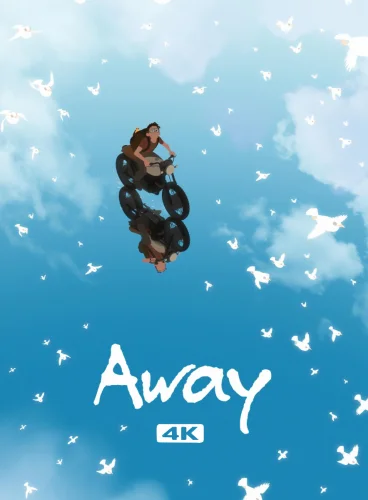


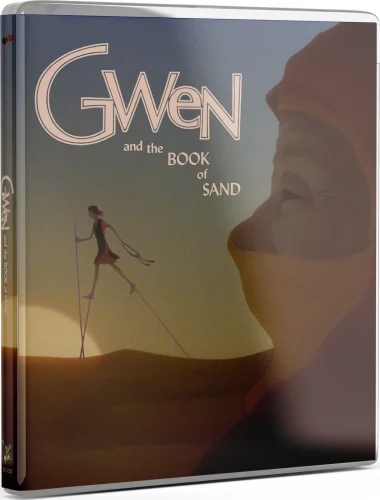
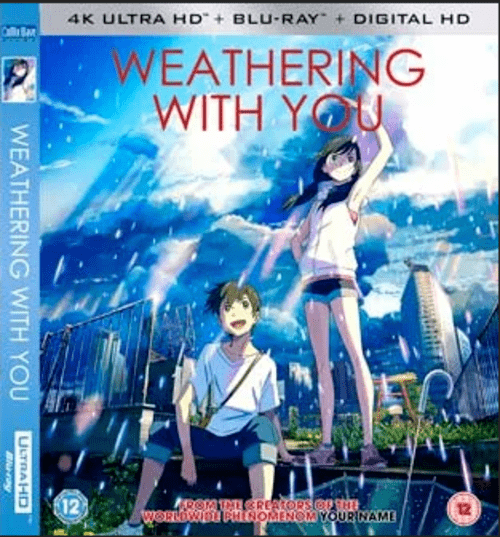 [/full-link]
[/full-link]
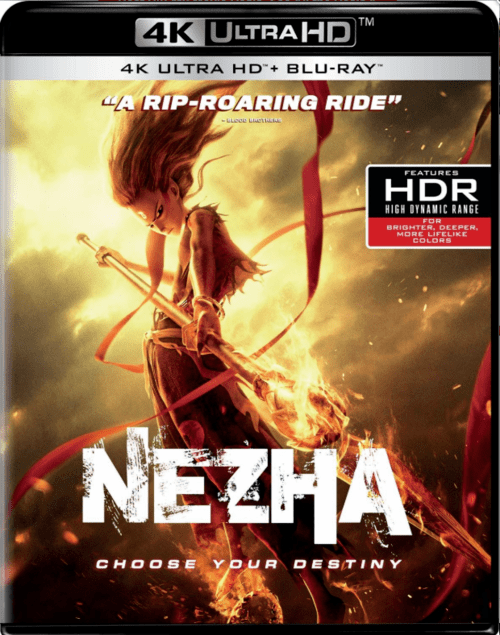 [/full-link]
[/full-link]
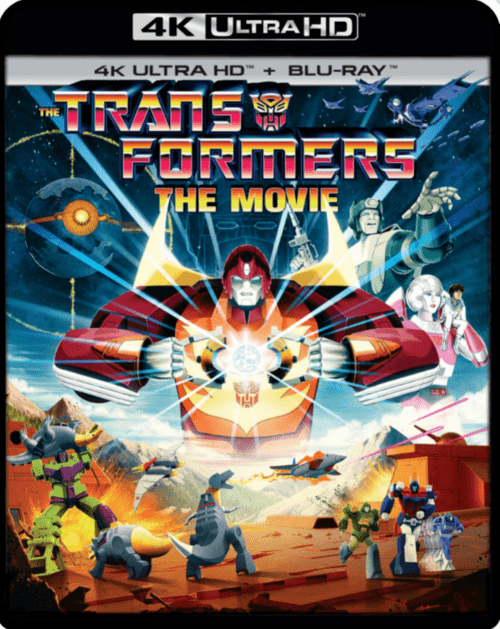 [/full-link]
[/full-link]
